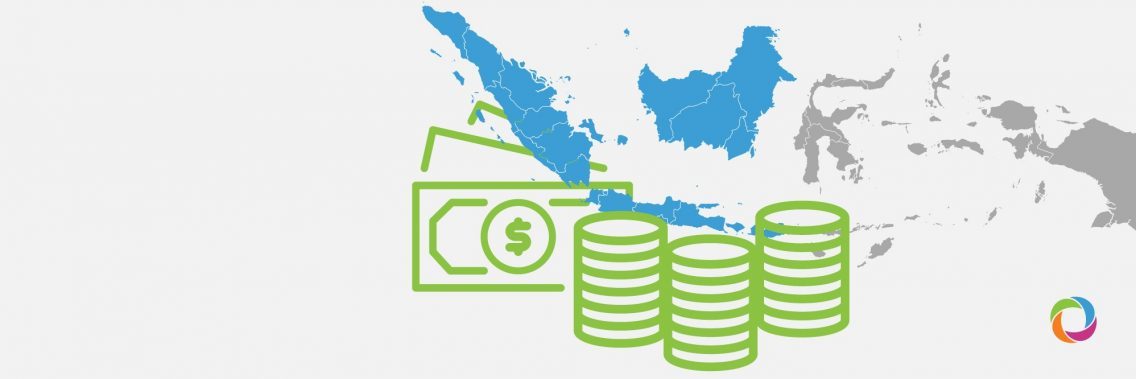The creation of the Indonesian Agency for International Development (AID) in 2019 is seen as a way of making a more significant contribution to international development cooperation and foreign aid disbursement. The path from a country receiving aid to one involved in the international development sector as a donor was not easy at all for Indonesia. What will be the budget of the newly created agency and what sectors will it target – you can find out in this article.
Indonesia is Southeast Asia’s largest economy, rich in all types of natural resources as well as cultural diversity. Two decades after the 1998 Asian Financial Crisis, and one decade after the Global Financial Crisis, Indonesians’ living standards are far higher than before and their economy is more resilient, with a GNI per capita of $3,840 in 2018 according to the World Bank. As Indonesia has become a middle-income country, it is only natural that plans for the Indonesian Agency for International Development (AID) has been in the making for several years and reflect the country’s growing economic and international influence.
Looking in retrospect at Indonesia’s aid, its first international aid effort was the establishment of the Bureau for Foreign Technical Cooperation (Biro Kerja Sama Teknik Luar Negeri/Biro KTLN) under the Ministry of State Secretariat (Setneg) in 1981. Increasing wealth in the early 1990s enabled Indonesia to expand its technical cooperation programs and several agencies also entered the field of development cooperation. However, Asia’s financial crisis in 1998, and the subsequent political crisis, significantly reduced Indonesia’s technical cooperation activities.
After recovering in the mid-2000s, Indonesia began to revive its development cooperation. The country hosted the 50th anniversary of the Asia-Africa Conference which produced the New Asian African Strategic Partnership (NAASP). In 2006, the Indonesian Ministry of Foreign Affairs (MoFA) established the Directorate for Technical Cooperation (Direktorat Kerja Sama Teknik/Direktorat KST). With its establishment, development cooperation was handled by three main agencies with somewhat overlapping functions: Setneg, Bappenas (The Ministry of National Development Planning) and MoFA.
Realizing that its development cooperation needed better management, the Indonesian government released two documents: (1) Master Plan Acceleration and Expansion of Indonesia Economic Development 2011-2025 and (2) Indonesia’s South-South and Triangular Cooperation for 2011–2014, both aimed at strengthening the management of Indonesia’s development cooperation.
Starting with 2020, the agency will manage the US$283 million endowment fund that the central government currently sets aside.
“This is a very precious tool for Indonesian diplomacy [that we can use] to strengthen our presence on the international stage. Indonesia can now walk the talk in international development,” said Foreign Minister, Retno Marsudi, at a ceremony to launch Indonesian AID at the Pancasila Building in Jakarta on October 18, 2019.
According to MoFA, the agency will focus on providing aid during times of natural disasters and for humanitarian crises, thus reducing poverty and social inequality between developed and developing countries as well as increasing Indonesia’s participation in fulfilling the United Nations’ Sustainable Development Goals. The AID will integrate ongoing contributions to overseas development from various Indonesian ministries and agencies, according to the country’s ambassador to Samoa, Tonga and New Zealand, Tantowi Yahya.
Indonesia receives hundreds of millions of dollars in development assistance each year from nations including Japan, Australia, China and the US. The ambassador said there was nothing unusual about being an aid donor and recipient.
“A country like Indonesia and also other countries have an amount of money to spend for the contribution (to other countries)”, said Tantowi Yahya.
In the Pacific, Indonesia’s government has already given development or aid assistance to Fiji, Solomon Islands, Nauru, Tuvalu and Kiribati.
Read more about Indonesia in the country strategy papers published by other donors here.

